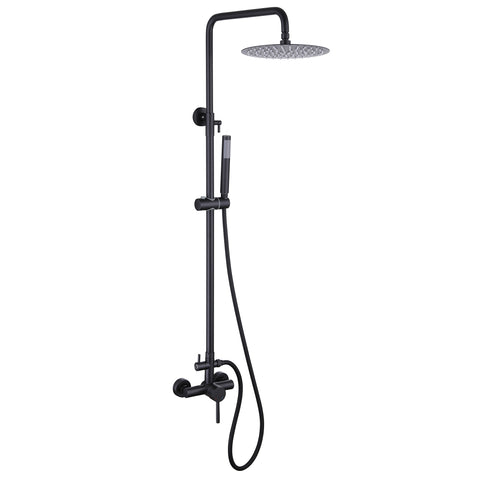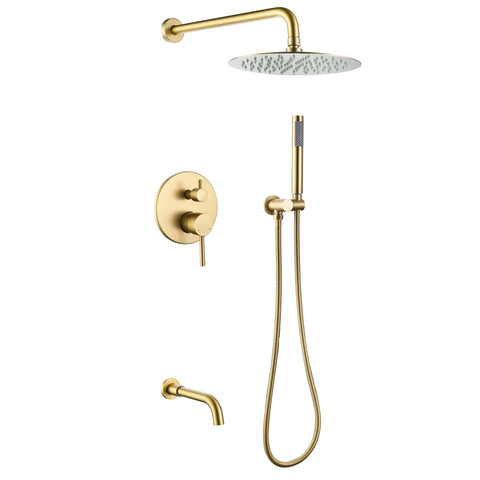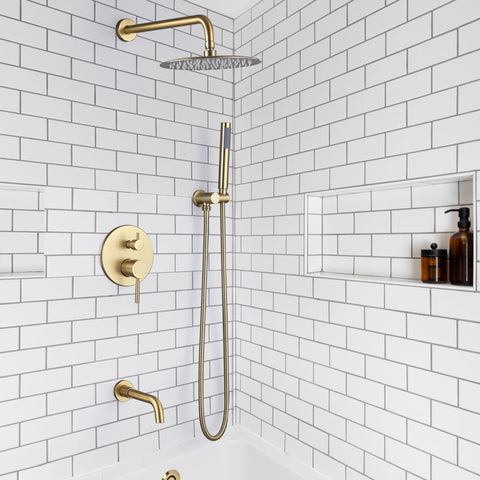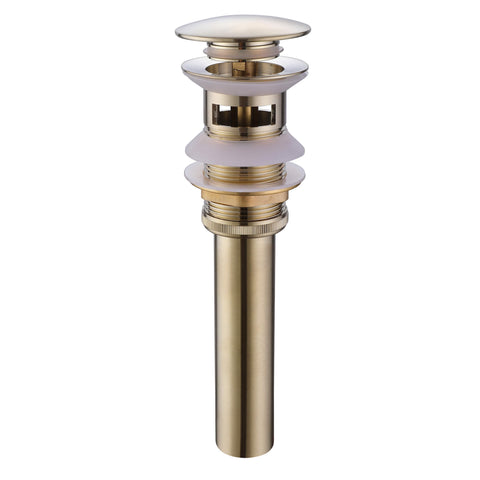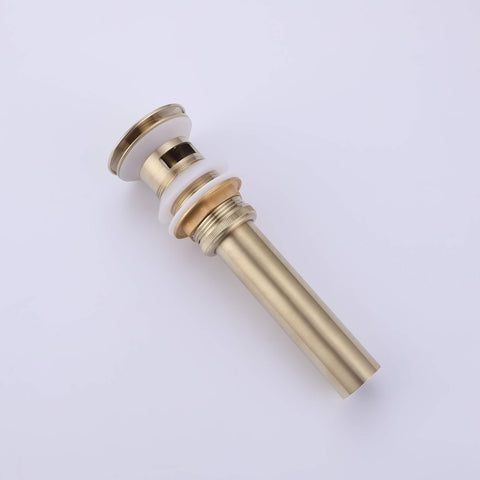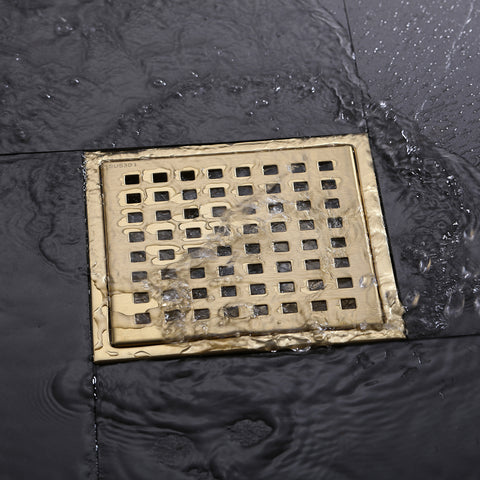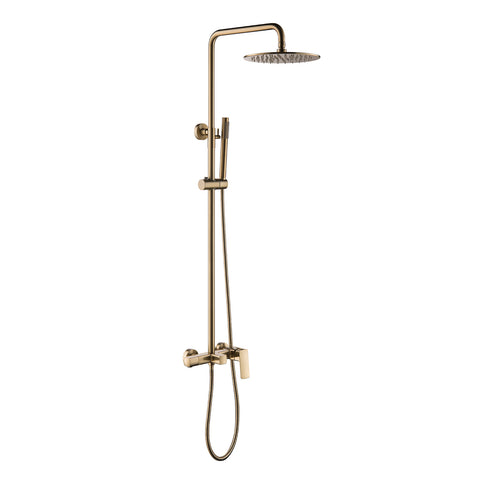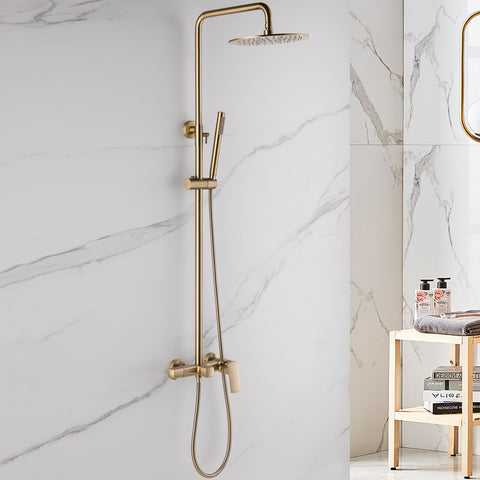How to Repair the Diverter in a Shower Faucet?
A properly functioning shower diverter valve is essential for a smooth and enjoyable bathing experience. This small but crucial component allows you to switch water flow between the showerhead and the tub spout. Over time, diverter valves may wear out, causing leaks or uneven flow. Fortunately, repairing or replacing the diverter valve is a straightforward DIY task. This guide walks you through each step to restore your shower faucet to full function.

Tools and Materials You'll Need
- Adjustable wrench
- Phillips or flathead screwdriver (depending on your faucet)
- Replacement diverter valve (compatible with your model)
- Plumber’s tape
- Towel or rag
- Bucket or container
Step 1: Prepare for the Repair
Shut off the main water supply before beginning. Cover the drain with a towel to avoid losing small parts. Lay out all your tools and ensure your replacement diverter matches the faucet model.
Step 2: Remove the Faucet Handle
Use a flathead screwdriver to gently pry off the decorative cap on the handle (if present). Unscrew and remove the handle to expose the diverter assembly behind it.
Step 3: Extract the Diverter Valve
Using an adjustable wrench, carefully turn the diverter valve counterclockwise to remove it. Take care not to damage surrounding components.
Step 4: Inspect and Clean
Examine the old diverter for signs of wear or corrosion. Clean it with a soft brush and water to remove any buildup. If it's cracked or worn, proceed with replacement.
Step 5: Install the New Diverter Valve
Wrap plumber’s tape around the threads of the new diverter for a leak-proof fit. Insert it into the valve housing and hand-tighten clockwise. Use your wrench for a final snug fit—avoid overtightening.
Step 6: Reassemble the Faucet
Align the faucet handle with the stem, reinsert the screw, and tighten securely. Snap the decorative cap back into place if applicable.
Step 7: Restore Water and Test
Turn the water supply back on and test your faucet. Switch between the tub and shower modes to ensure smooth operation. Check for any leaks around the valve area.
Conclusion
Repairing a faulty diverter valve can restore the comfort and performance of your shower without the need for costly plumbing services. Follow each step with care, and always double-check compatibility before purchasing a replacement part. If you encounter stubborn components or unexpected issues, don’t hesitate to consult a professional plumber.
Need a new diverter valve? Explore our complete guide to shower diverter valves and find expert advice, product recommendations, and more.
